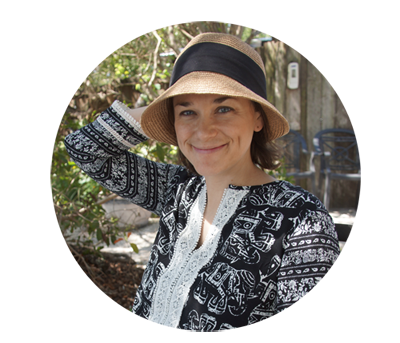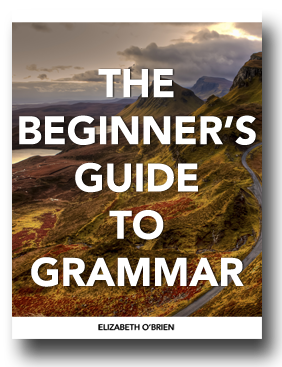Download your free grammar guide here.
Download your free grammar guide here.
Diagramming Verbals
Diagramming Verbals
- Home
- Sentence Diagramming Index
- Diagramming Verbals
Hello! On this page, you'll see how to diagram verbals. Click on the links below to learn more about each one. Have fun!
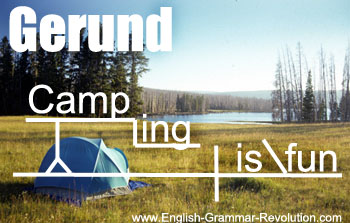
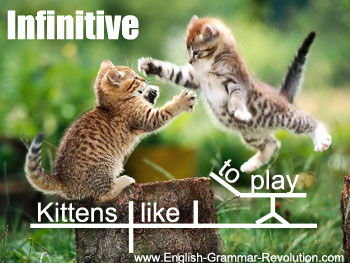
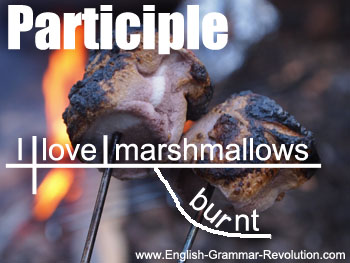
Be sure to check out the Sentence Diagramming Reference Manual which includes even more awesome information than you'll find on this page.
Gerunds
Gerunds are formed from verbs, but they act as nouns. They end in -ing.Learn more about diagramming gerunds.
Diagram them on steps with the -ing part on the bottom of the step. Connect the step to the rest of the sentence diagram with a forked line.
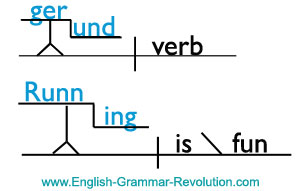
Gerund Phrases
Gerunds can take complements and modifiers. When they do, all of the words work together as a gerund phrase.Here is a gerund phrase that contains a subject and a direct object.

Here is how you would diagram a gerund phrase that contains a predicate noun or a predicate adjective.

Infinitives
Infinitives are formed from verbs, but they act as nouns, adjectives, or adverbs. They consist of the word to plus a verb.Learn more about diagramming infinitives.
Diagram the to part of the infinitive on a slanted line. Diagram the verb part of the infinitive on a horizontal line after it.
Connect it to the rest of the sentence diagram with a forked line.
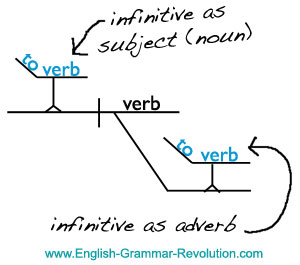
Infinitive Phrases
Infinitives can take complements and modifiers. When they do, all of the words work together to form an infinitive phrase.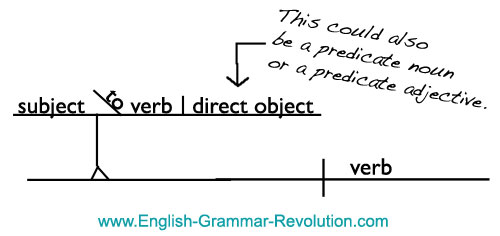
Participles
Participles are formed from verbs, but they act as adjectives.Diagram them on curved, slanted lines below the noun or pronoun that they modify.
Learn more about diagramming participles.
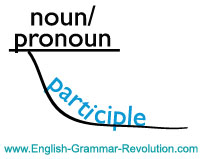
Participial Phrases
Participles can take complements and modifiers. When they do, all of the words together are called a participial phrase.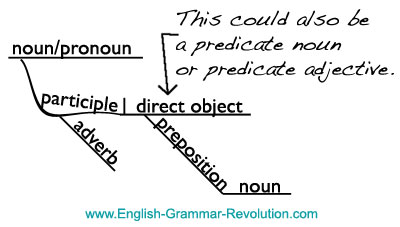
Go Back to Sentence Diagramming Index
I have all your materials, and I think it's all superb. It is a great way to make grammar tuition more dynamic/interactive and less didactic. It also appeals to visual learners.
- Terry, Literacy Program Coordinator
Our Free Guide Gives You A Fun Way
To Teach And Learn The Basics v

Elizabeth O'Brien is the creator of Grammar Revolution.
Her lessons are guaranteed to give you more confidence in your communication skills and make you smile. :)
